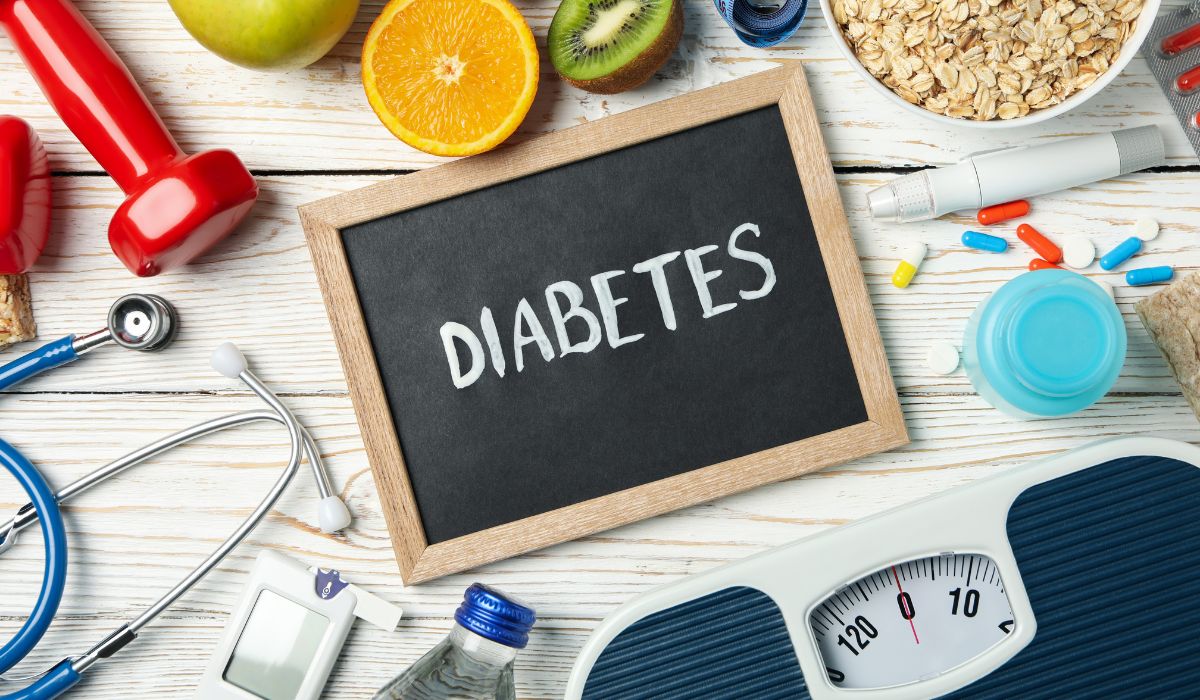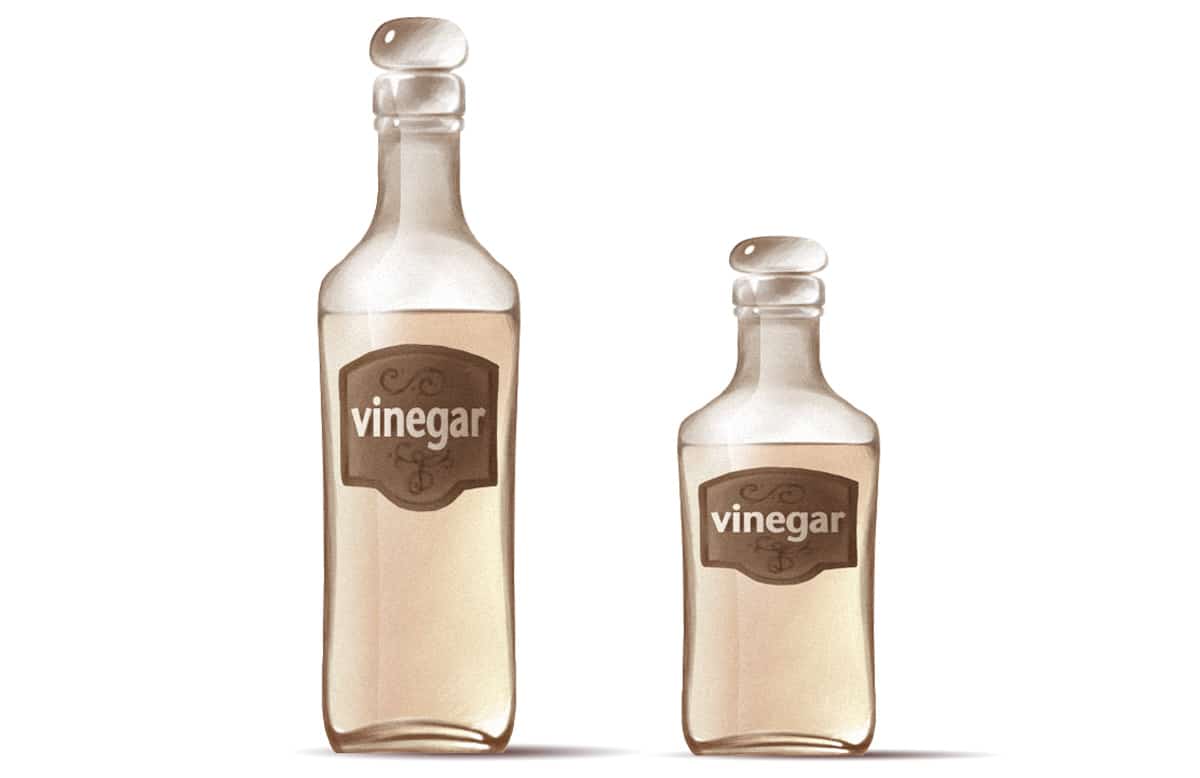How bad does your blood sugar control have to get before you have a “disease?”

From huge mood/energy swings to regular sweet cravings, blood sugar problems are so common that they’re completely normalized. But at a certain point, researchers and clinicians decided that blood sugar problems become diagnosable as diabetes. Just recently, “prediabetes” was invented to cover people with such poor blood sugar control that they’re at risk of developing diabetes.
Now it’s gone a step further: a new study just came out suggesting that people with numbers in the “normal” range for two standard blood sugar tests (fasting blood sugar and HbA1c) might still display patterns of blood sugar that put them at higher risk for becoming prediabetic down the line.
This is actually a serious issue. As another study explains, postprandial blood sugar spikes cause serious oxidative stress, which increases inflammation, damages the lining of blood vessels (endothelial dysfunction), and increases overall cardiovascular risk. Postprandial blood sugar spikes predict cardiovascular problems even in people who don’t have diabetes.
Is this pre-prediabetes? But considering the connections between food and blood sugar in this new study, inventing some new label or diagnosis for this seems ridiculous. Instead of moving the arbitrary line dividing “healthy” and “sick,” doesn’t it make more sense to look at what kind of diet causes such chronic and deep-rooted metabolic problems? Why does new research keep finding metabolic abnormalities in people who were healthy on the old tests? Do we really need new and better tests and labels to show how sick everyone is, or do we actually need a radical change in the way people eat and live?
Luckily, this study took an in-depth look at food and postprandial blood sugar spikes, even in people who seem “healthy” - here’s what they found.
Even people without diabetes can get postprandial blood sugar spikes
This paper lays out the reason why so many people with blood sugar problems get missed by ordinary tests.
Most people get tested for blood sugar (if they get tested at all) in one of two ways:
- They get a test at a single point in time after fasting overnight.
- They get an average measurement of blood sugar levels over the past three months (HbA1c).
The problem is that neither method catches a common pattern of blood sugar problems: periodic blood sugar spikes throughout the day, especially after eating (postprandial blood sugar spikes).
In this study, the researchers didn’t rely on just fasting blood sugar tests or HbA1c. Instead, they measured changes in blood sugar continuously and looked at how individuals’ blood sugar changed during the whole day. And they found out that a lot of people with normal fasting blood glucose and normal HbA1c still had spikes into the prediabetic/diabetic range fairly regularly after meals.
According to the study, nearly 1 in 4 (24%) people who would otherwise show as normal on blood sugar tests had “severe” blood sugar spikes into the diabetic/prediabetic range after they ate. In total, people in that group had at least prediabetic blood sugar 15% of the time. That’s about 3 and a half hours of being prediabetic every day.
In a sense, this is just confirming what most people know intuitively: even people who seem “healthy” still have blood sugar problems like carb cravings, energy swings, mood highs and crashes, and daytime sleepiness. But the study also gives a more comprehensive look at what causes those postprandial spikes in nondiabetic people...and if carb restriction is your one and only strategy for blood sugar management, the results might be interesting.
Food and postprandial blood glucose
One big strength of this study is that the authors recognized that not all foods are the same. The researchers fed subjects three different meals: cereal with milk, a meal replacement bar, and a peanut butter sandwich. And there results showed that...
It’s not just the carb count
One big takeaway from the results is that the total carb count in a given meal doesn’t necessarily predict its effects on your blood sugar. All the meals had roughly similar carb counts (54 grams for the milk and cereal vs. 51 for the bread and 48 for the bar) but by far the worst of the three meals was the cereal and milk.
The researchers noted that “the vast majority” of subjects had “severe” fluctuations in blood sugar in response to cornflakes and milk, with a whopping 80% of them seeing blood sugar spikes up to the prediabetic range. Meanwhile, subjects who ate the protein bar and the peanut butter sandwich had much more varied and individual responses.
So what separated the cereal and milk from the other meals?
- A lot less fat (2.5 grams vs. 20 for the bread and 18 for the bar)
- A lot more sugar (35 grams vs. 12 for the bread and 19 for the bar)
- A lot less fiber (3 grams vs. 12 for the bread and 6 for the bar)
So in other words, it wasn’t just the total carb count (or else the cereal and bread would have been roughly similar). It was the whole high-carb, high-sugar, low-fat, low-fiber combo that did the trick. This is roughly similar to looking at the glycemic index, but of the entire meal rather than just one food.
This definitely suggests that a low-carb diet isn’t the only - or even necessarily the best - solution to dealing with blood sugar regulation problems. It really points to a more holistic approach, where the carb count is only one aspect of a food that you might consider. Really, the issue seems to be eating a bunch of refined and processed carbs all the time, not necessarily having any carbs in your diet at all.
You really are a special snowflake
The researchers also stressed that different subjects had all different reactions to the meals, so individual people might have idiosyncratic reactions to all kinds of different foods. Some people reacted really badly to the peanut butter sandwich or the bar and had mild reactions to the cereal and milk. You are a unique human, not the aggregate of findings from a study, so if a very low-carb diet or some other intervention works for you, go for it!
(If you have a glucose monitor and you’re willing to take a few weeks of readings, the researchers also set up a public website here where you can plug in your own data and get a fancy graph of your very own just like the ones in the study to identify your own personal problem foods).
It’s not all bad - or all about carbs

The similarities between the “better” meals and low-glycemic-index foods might tempt you into thinking that the glycemic index is a pretty great guide to avoiding postprandial blood sugar spikes. But the glycemic index has issues of its own, and also, there’s more! Some foods aren’t just less harmful; they’re actively helpful:
- This study found that eating almonds with carb-rich meals helped reduce postprandial glucose spikes and oxidative damage.
- This study found similar benefits for vinegar: eating vinegar with white bread reduced postprandial blood sugar.
Evidence points to “unprocessed foods are good for you.”
Hopefully this research offers some insight into why even “healthy” people might suffer from postprandial blood sugar highs and crashes and some tips for avoiding them. Based on the research above, it seems like a Paleo-ish template full of unprocessed foods would be a pretty good start! Whatever carb level works for you, you can plug that right in - and if having more carbs in your diet makes you feel better, these studies suggest that eating fiber-rich carbs from whole foods is a good way to minimize postprandial blood sugar problems.
It’s not really about redefining pre-prediabetes (or even making up a less goofy name for it); it’s about a way of eating that doesn’t cause this slow progression of blood sugar problems in the first place.
What works for you to minimize blood sugar spikes after a meal? Let us know on Facebook or Twitter!





Leave a Reply